Winchester Model 1873
other By: Dave Scovill | January, 26
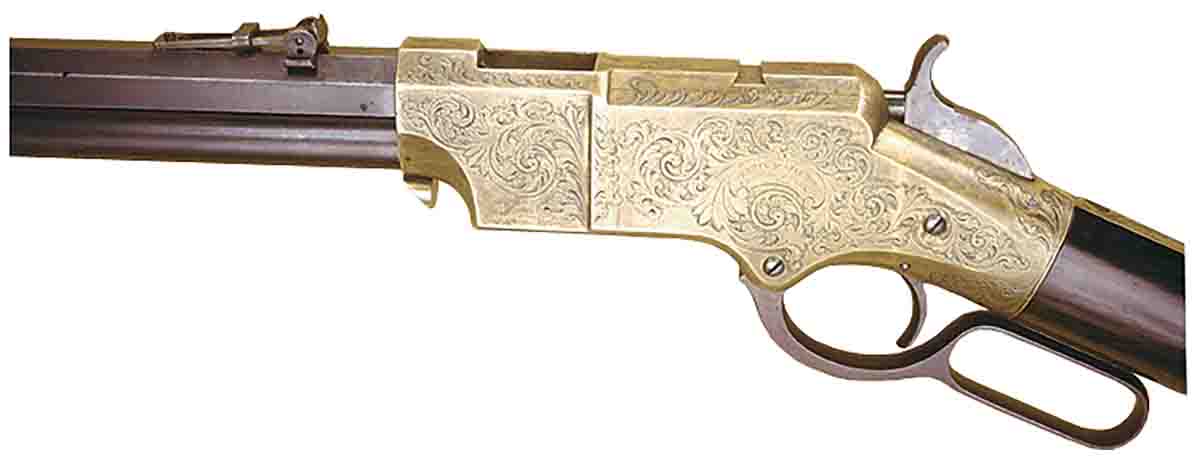
The Winchester Model 73 was the result of several years of development that began with the Hunt repeating rifle in 1848, evolved to the Jennings repeater in 1849, the Smith-Jennings in 1851, the Volcanic repeater in 1857, where Oliver Winchester was an investor, and finally into the New Haven Arms Company. Eventually, the original Hunt cartridge, the “rocket ball,” and the rifle proved to be a complete failure. Meanwhile Horace Smith and Daniel Wesson were working on a new cartridge design that became the Flobert cartridge in 1854 and prompted S&W to go into the revolver business. It was during this period that B. Tyler Henry joined the New Haven company.
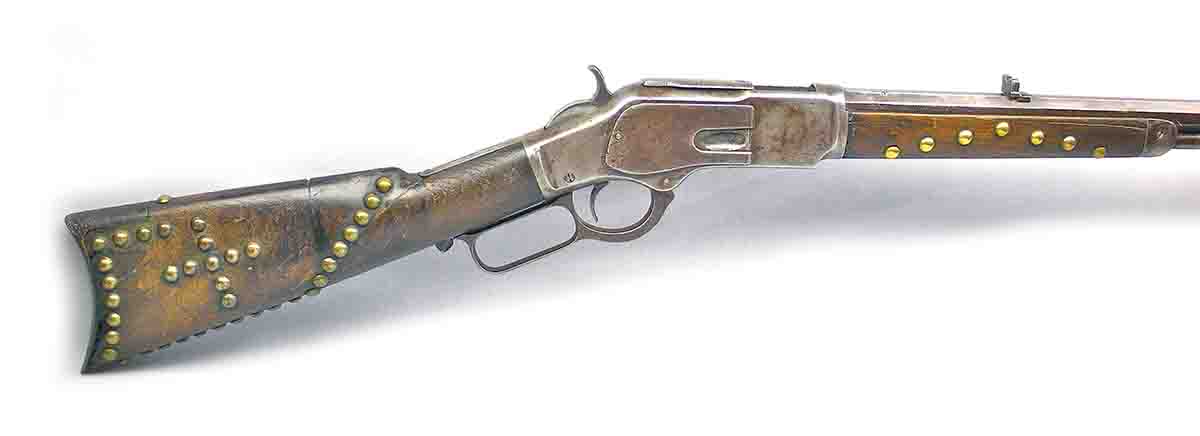
When the Volcanic Company went into receivership, Oliver Winchester was assigned all assets. By 1858, S&W came up with a rimfire cartridge design that led to
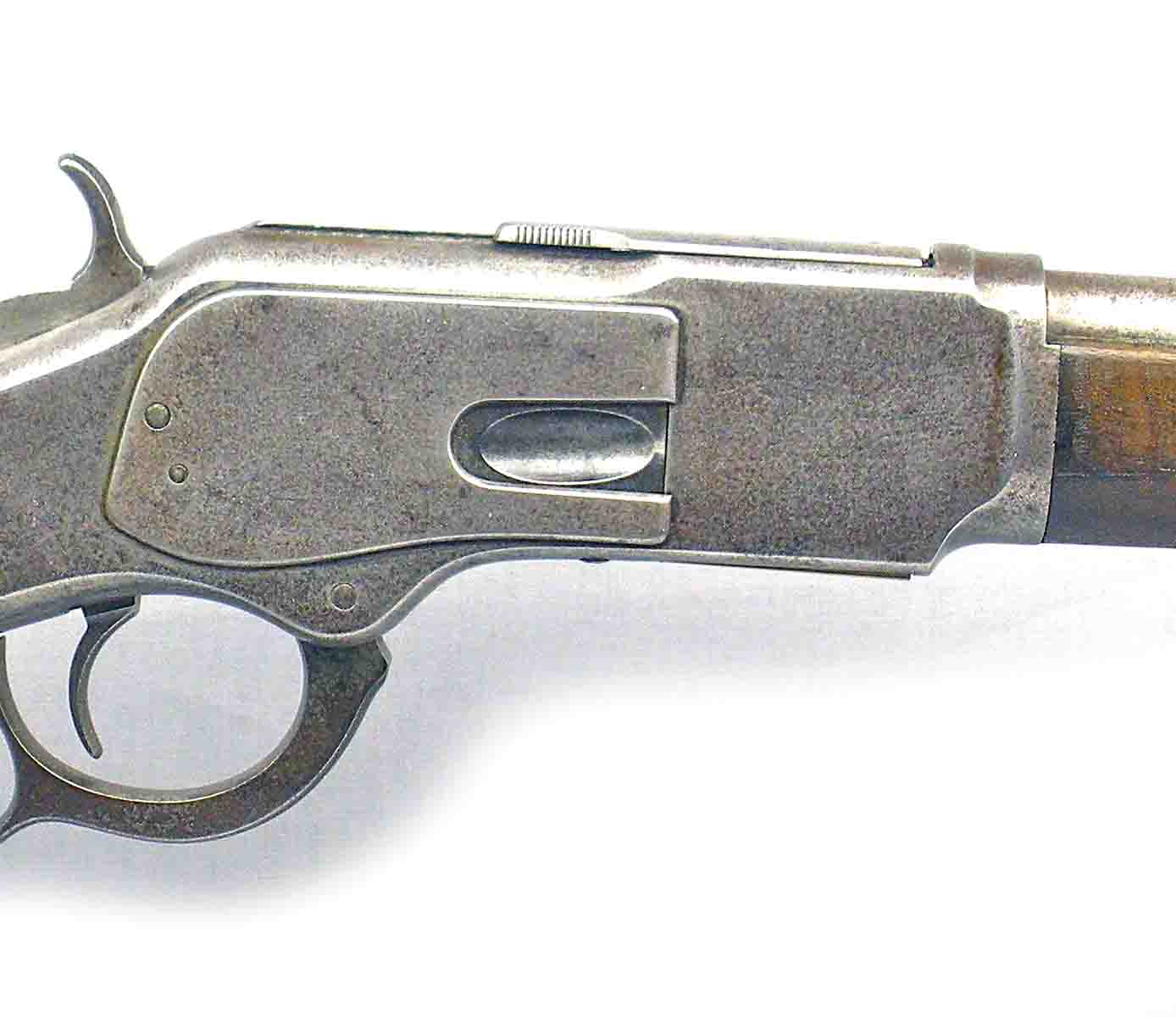
the development of the .44 Henry rimfire cartridge and finally made the basic Volcanic designs that had gone before it practical. Production of the Henry rifle began in 1858, and by 1866, 14,000 rifles came off the assembly line, forming the basis for the first rifle to
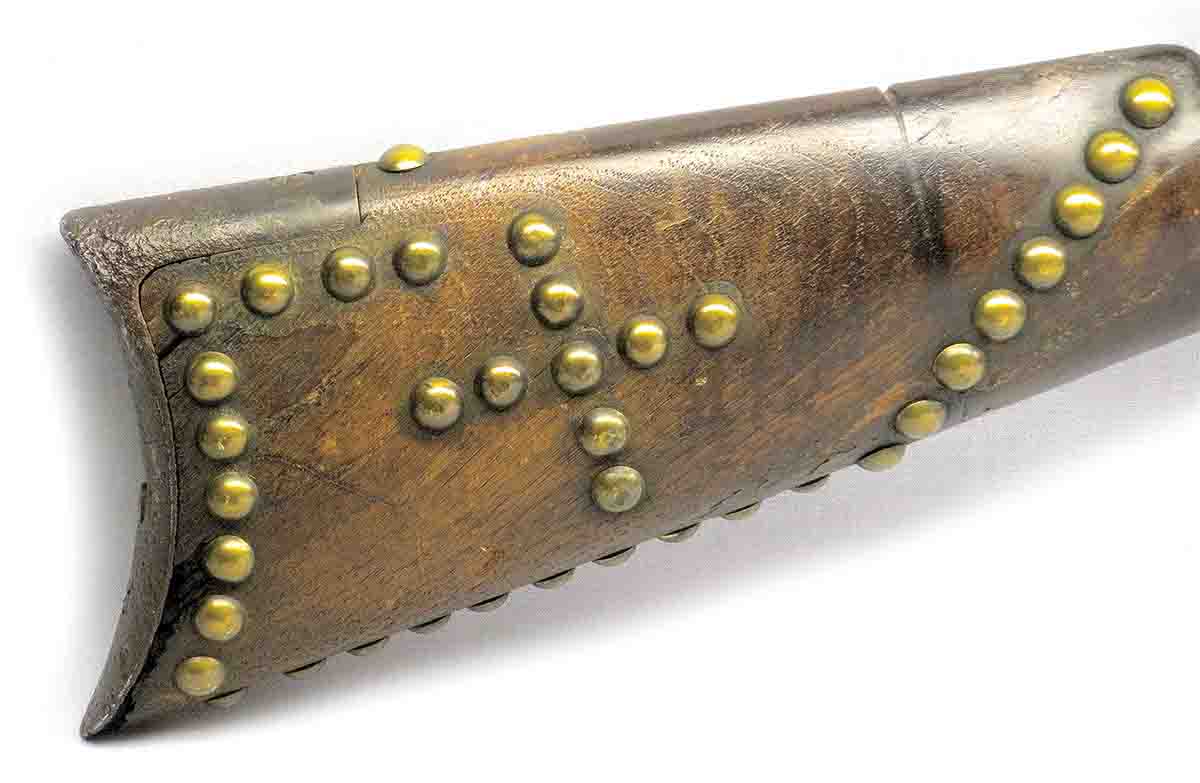
bear the Winchester name, the Model 66.
Winchester Repeating Arms Company went into full production of the Winchester Model 66 from 1867 until 1876. With basic improvements and the introduction of the first centerfire sporting cartridge, the .44 Winchester Central Fire (WCF), the Winchester
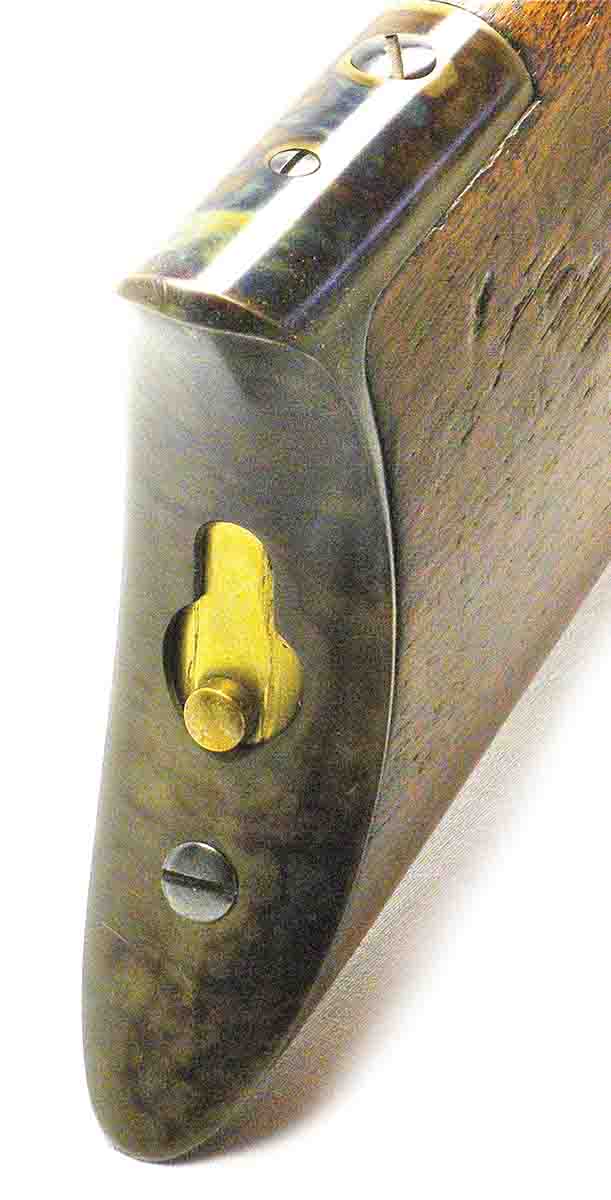
Model 73 put all the pieces together.
The major improvement that contributed to the success of the Model 66 was the King Patent in 1866 that made the magazine tube and side loading gate practical. The .44 rimfire cartridge was standard for the Model 66 until the advent of the Model 73, whereupon both models were chambered for the centerfire .44 WCF. The Henry and Model 66 rifles were manufactured concurrently until serial no. 14,000.
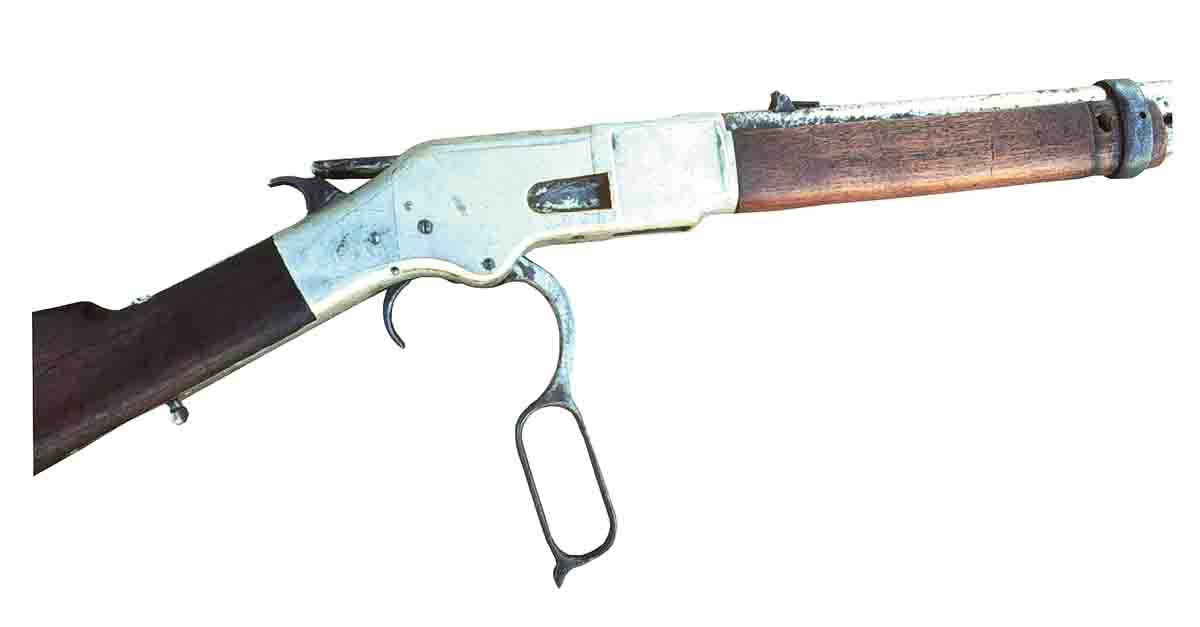
While the most obvious difference between the Models 66 and 73 were the “brass” (aka, gunmetal) and iron frames, respectively, most of the action parts, some with minor changes, are shared by both models.
At the outset, the big selling point of the Model 73 was the cartridge, the .44 WCF, the first centerfire cartridge to be chambered in an affordable repeating rifle. With a 200-grain bullet seated over a full 40 grains of black powder, the Model 73 generated twice as much power as the .44 Henry (flat).
In addition, the centerfire .44 WCF could be reloaded, making it possible for a new breed of frontier adventurer to turn his horse or wagon to the West, and with a supply of lead, powder and primers, ride toward the sunset. Another asset was the introduction of the .44 WCF
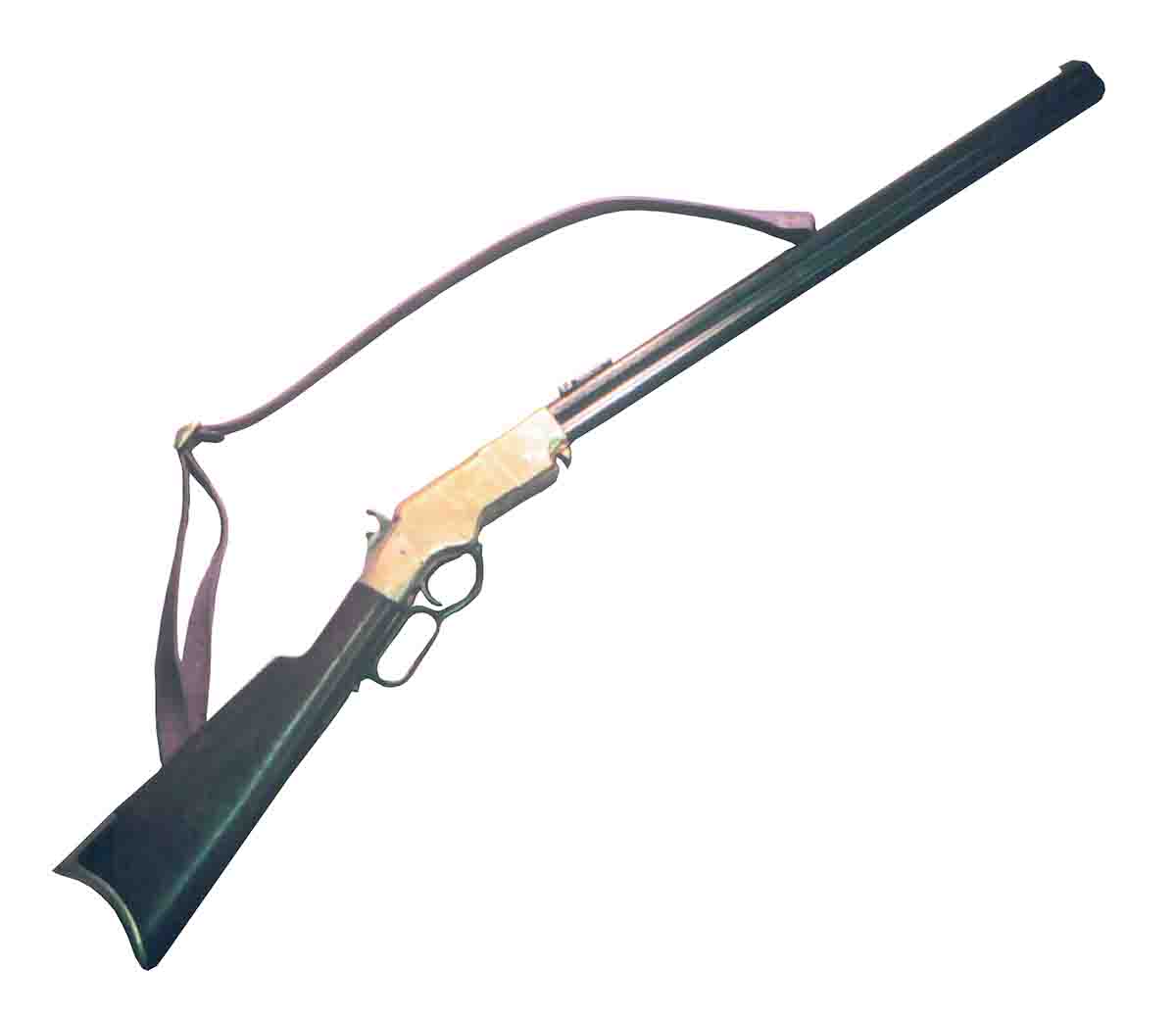
in the Colt Single Action Army in 1878, allowing a man to be fully armed with a rifle and sixgun that fired the same cartridge.
To further capitalize on the popularity of having a rifle and handgun chambered for the same cartridge, Winchester developed the .38 WCF in 1879, and Colt adopted that cartridge in 1886. The final pairing included the introduction of the .32 WCF (aka .32-20) in 1882, and Colt followed in 1887.
With the overall success of the Winchester Model 73 and its contribution to the settlement of the western frontier, it became known as “the rifle that won the West.” The implication was that it helped settle the wild frontier, but it also won the hearts and minds of the folks who dared to venture into what was then known as a vast wilderness, and it was, for the most part, the principal means of survival.

Nowadays some folks claim the .44 and .38 WCFs were, in their day, perfectly acceptable for self-protection and subsistence foraging but were not well suited for hunting big game. Critics, mostly armed with big-bore single shots, including
the Sharps or Springfield .50-70 and .45-70, largely considered the Winchester unsuitable for hunting bison, for example, but mostly condemned the lever action as insufficient for hunting pronghorn antelope or deer.

Even today, cynics admit the .44 and .38 WCFs have probably killed more deer than any so-called modern cartridge, but that was long before folks got the “word” that the early Winchester centerfires were inadequate for such game, let alone bear, elk or mountain goat. Then too, modern critics enjoy the advantage of at least 150 years of hindsight, most of which was postulated long after the U.S. military adopted the .45-70, for example, and later the .30 U.S. (aka .30-40 Krag) and ammunition companies developed a long list of cartridges for bolt-action rifles.

Prior to 1900 the .44 and .38 WCFs were all that most folks could afford, and they worked well enough, apparently. Following the introduction of smokeless powder in the late 1800s and early 1900s, however, the Winchester Model 73 and the cartridges it fired have appeared almost annually on the obligatory “hit list” offered by in-the-know, modern-day experts, few if any of whom, it appears, have ever fired the rifle or the cartridges at anything but paper, if that.
There is little doubt that the fate of the Model 73 and

the cartridges it was chambered for were intrinsically
tied to the reliability of the rifle. It worked under almost any and all conditions and had sufficient power for the frontier settler,
man or woman, who understood the value of a well-placed bullet. That last often appears to be a foreign concept to the modern pundit who argues in favor of “stopping power,” suggesting game animals require a cartridge that will bludgeon them to death.
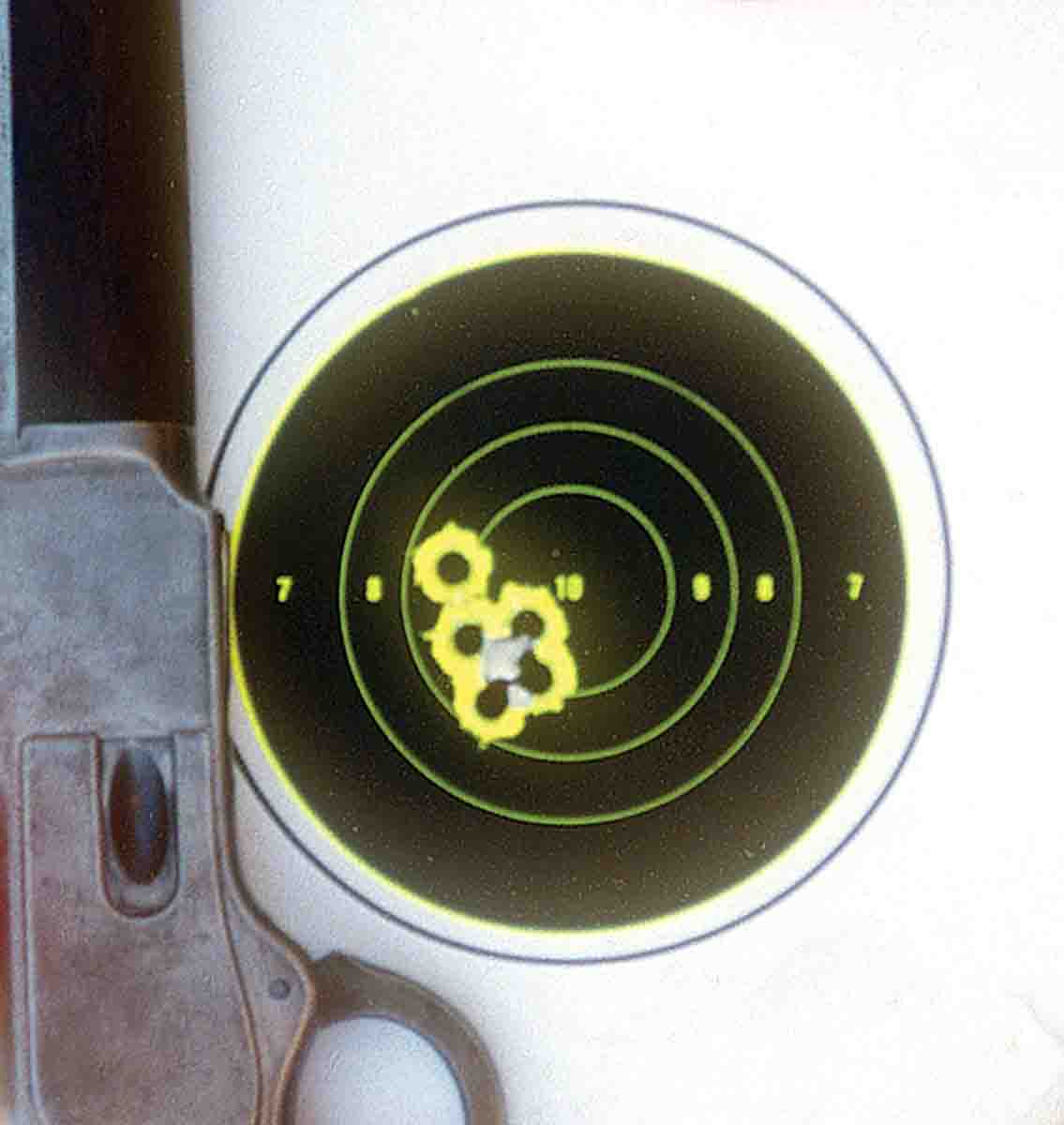
The rugged reliability of the Model 73 was also based on its simplicity, enhanced by the fact that the side plates were easily removed with a screwdriver, or a knife blade when necessary, to provide access to the toggle link action and carrier. Any dirt, grime or water was easily cleaned up, the action oiled and put back in use.

As testimony to the rugged character of the Model 73, a .32 WCF rifle that was shipped from the factory on November 11, 1882, and discovered at the San

Carlos reservation (Arizona) in the late 1990s, outwardly revealed signs of heavy use, but the action remained tight and serviceable. The barrel, which no doubt was used extensively with black-powder ammunition, shows some pitting, and the rifling is worn but shoots well enough for its intended use, which
likely included small game and Sonoran whitetail deer.
Winchester records show the San Carlos rifle came out of New Haven during the first year of production for the .32 WCF. Overall, the rifle barrel and receiver have turned brown, but the wood is solid. At some point, the buttstock was broken at the wrist, from the comb, angling back to about an inch past the lower tang. The repair apparently included glue made from animal tissue and wire wrapped around the break that was in place for quite some time, considering the groove cut in the comb. The rifle may have been left to stand, leaning against the interior wall of a hogan for some time or was simply abandoned, and shows heavy rust pits on the crescent-steel buttplate along with deterioration of adjacent wood.
The tack decoration appears typical of Native American design on the forestock and buttstock, suggesting it may have been in the possession of a Chiricahua or Mescalero Apache tribal member, either on or off the reservation, as the case may have been during the somewhat turbulent era of the 1880s in the Arizona Territory.

Since most pre-1900 Model 73 rifles and carbines show obvious signs of barrel wear in terms of pitting or worn rifling, it is remarkable that most of the guns shoot quite well. A Model 73 .44 WCF carbine that was used for three generations on an Arizona ranch shows typical barrel wear, mostly from the early days when black-powder loads were all that was available. Then too, most folks of that day and age were aware of the potentially corrosive

effects of black powder, and more likely to treat their rifles with care and clean them regularly.
The finish on the carbine, which factory records mention as “nickel trims,” is worn away, although the wood is in excellent shape, considering its heritage since it left the factory on June 15, 1889. With factory duplication loads using a 200-grain cast bullet sized to .430 inch, to fit the barrel groove diameter, and 40 grains of GOEX FFg black powder, the carbine shoots to point of aim at 50 yards with sufficient accuracy to take smaller game, such as rabbits. More recently manufactured Winchester factory loads with .427-inch jacketed bullets cause accuracy to suffer a bit, but that’s expected when the bullet is .003 inch smaller than barrel groove diameter.
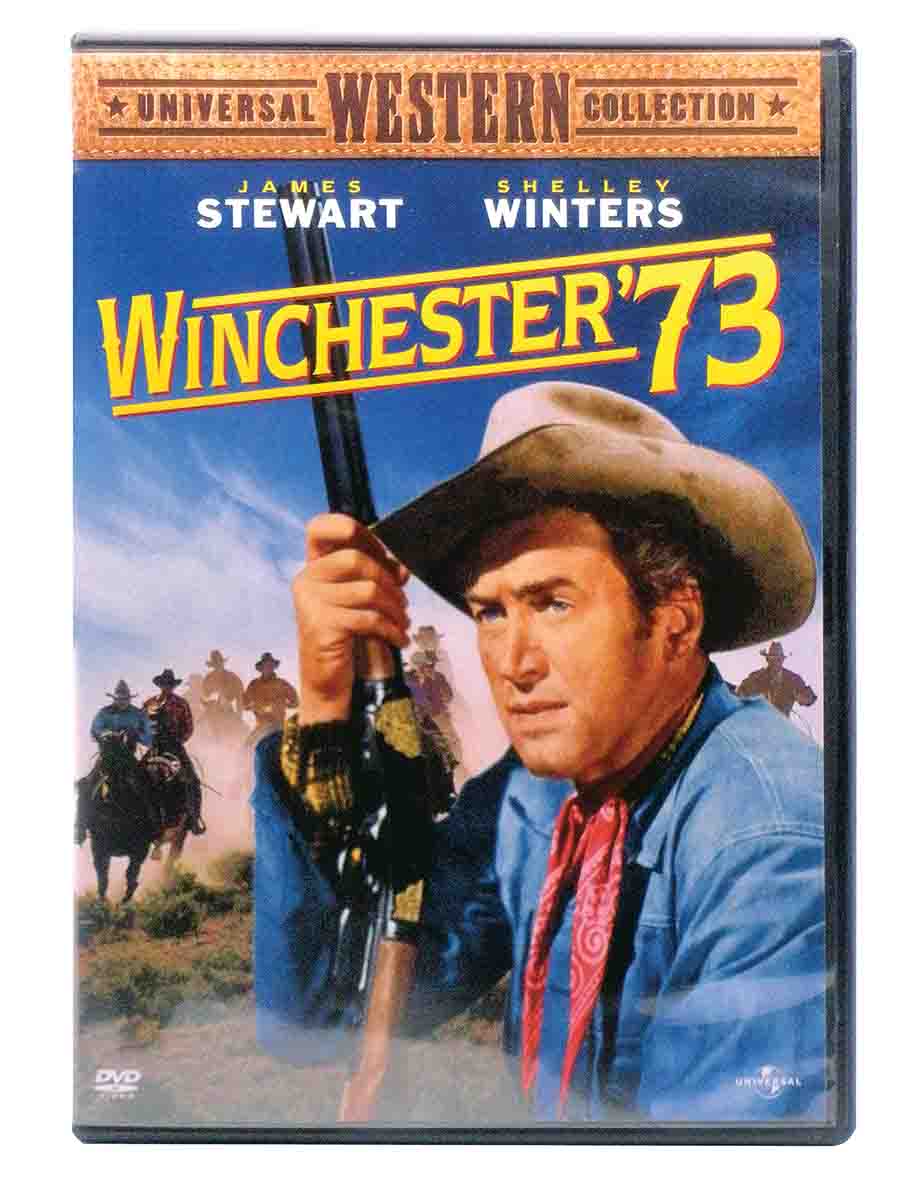
Interestingly, while Winchester collectors rarely mention detailed descriptions of barrel groove and bore diameter, and/or condition, it is commonly assumed that Winchester .44 WCF barrels are the same diameter as Winchester bullets. Modern Winchester ammunition and “cowboy” loads from various manufacturers have lead or jacketed bullets that average around .427/.428 inch, which is appropriate for Colt Single Action .44 WCF revolvers and most of its copies, but pre-1945 Winchester barrels tend to measure .429/.430 inch. The same goes for Italian import Model 73 and 66 rifles and carbines and Henry copies, and imported reproductions of the Winchester Model 92 from Europe or South America.

The poor fit between bullet and barrel diameters of many cartridges and rifles that were developed in the black-powder era is best explained when folks understand that black-powder loads were designed to work effectively with relatively soft swaged and/or cast lead alloy bullets that “bump up” to fit the barrel by the explosive combustion of the powder. While smokeless powders can and often do produce a similar effect, it doesn’t happen with more modern, hard cast bullets or jacketed bullets seated over low pressure charges, roughly 14,000 psi, owing the chance they might be used in a black-powder-era rifle, possibly causing damage to the firearm and/or the shooter.

Where a great number of old, black-powder-era barrels might show muzzle wear, hard bullets usually scatter randomly, whereas pre-1900 swaged or cast alloy bullets are somewhat soft by modern standards, but they generally shoot better. That also applies to modern reproduction barrels that are somewhat oversized when compared to the bullets provided from commercial cast bullet outfits or jacketed bullets. The conundrum here is that Colt Single Action Army .44 WCF barrels usually measure .427 inch and may not chamber a cartridge with a bullet larger than .428 inch. Original or reproduction Model 73 rifles and carbines barrels are closer to .429/.430 inch.
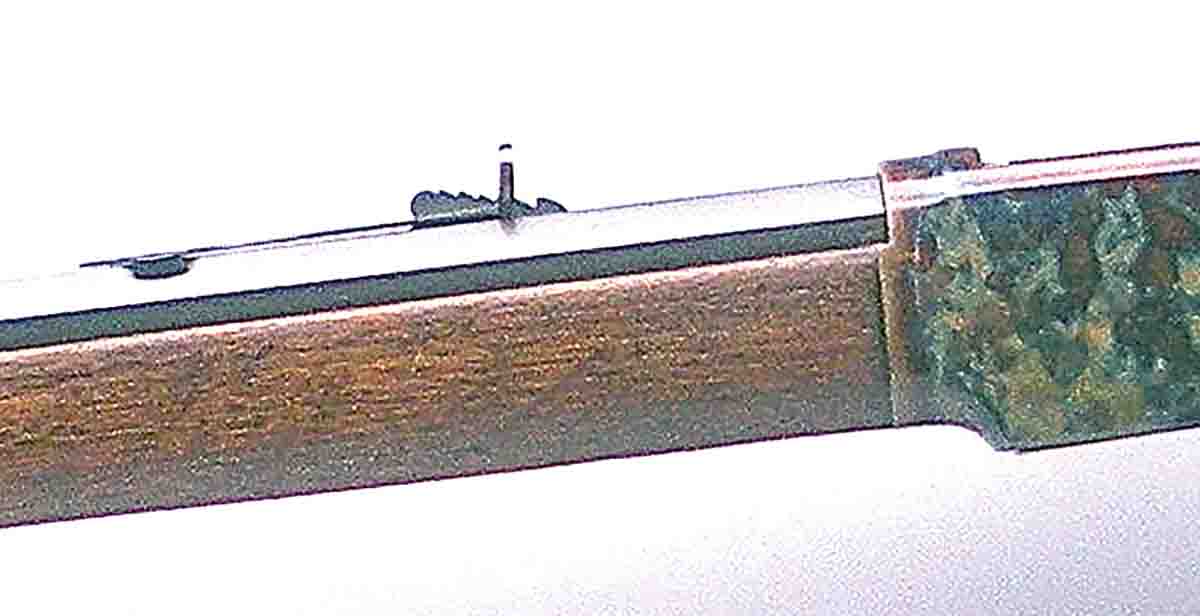
The obvious solution for handloaders is to develop loads for handguns and rifles separately with bullets cast from moderately hard alloys, such as Lyman No. 2 (BHN 12) or a mixture of one part tin to 16 parts lead (BHN 10), understanding that bullets sized to much over .428 inch might not fit in a Colt SAA. They might fit in an Italian replica of a Colt but will usually fit any rifle or carbine .44 WCF chamber.
Oddly enough, while the .38 WCF is relatively rare and not nearly as popular in the pre-1900s as the .44 WCF, its barrels (actually .40 caliber) are quite uniform at .401 to .403 inch, within .001 inch or so
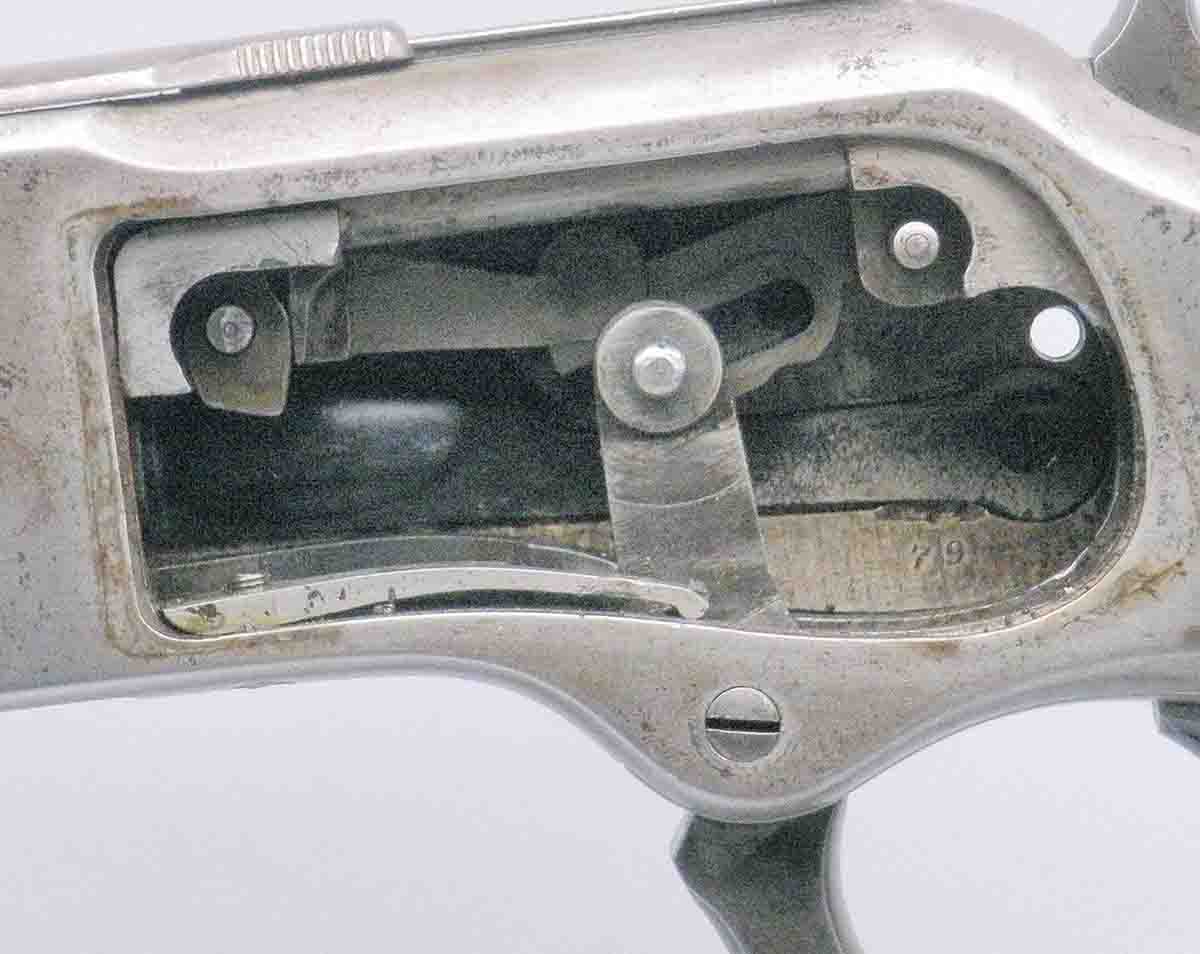
As a rule, modern gun writers are quick to condemn the strength of the Models 73 and 76, owing the toggle length action designs. Interestingly enough, however, reports of 73 or 76 rifles or carbines blowing up are extremely rare, and historical reports from the North-
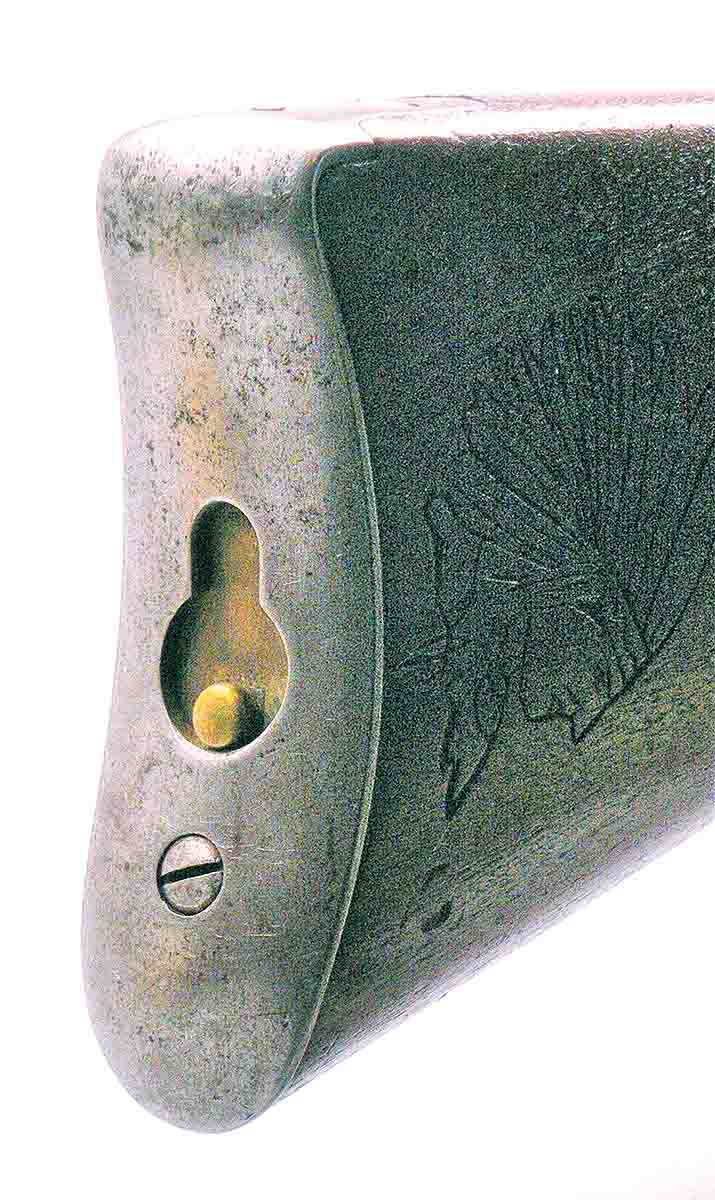
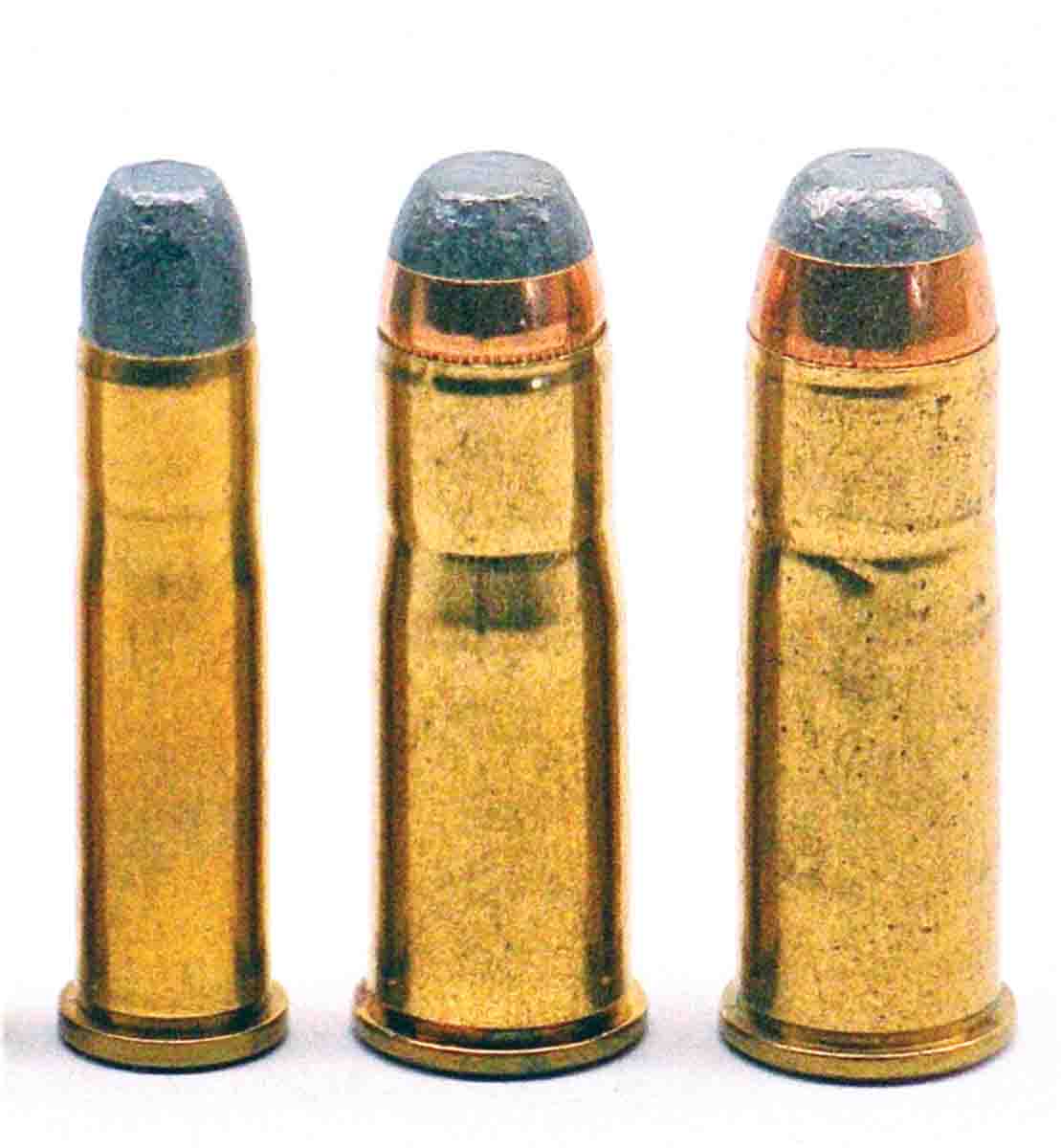
If there is a problem that is human caused with original Winchester toggle link rifles, it may be the result of the owner taking the rifle apart and not replacing the firing pin retractor lug properly on the inside of the front, left toggle link (see nearby photo). This link withdraws the firing pin as the action is closed, and if it is put in backward, or not at all, the firing pin is protruding from the bolt face when the action is closed. Working the action rapidly, the firing pin can hit the primer with enough force to fire the cartridge, at which point it may blow the bolt back. Modern Winchester 73 and 76 replicas from Italy and reproductions from Miroku, Japan, don’t have this flaw, but it still pays to treat all firearms with appropriate respect.

